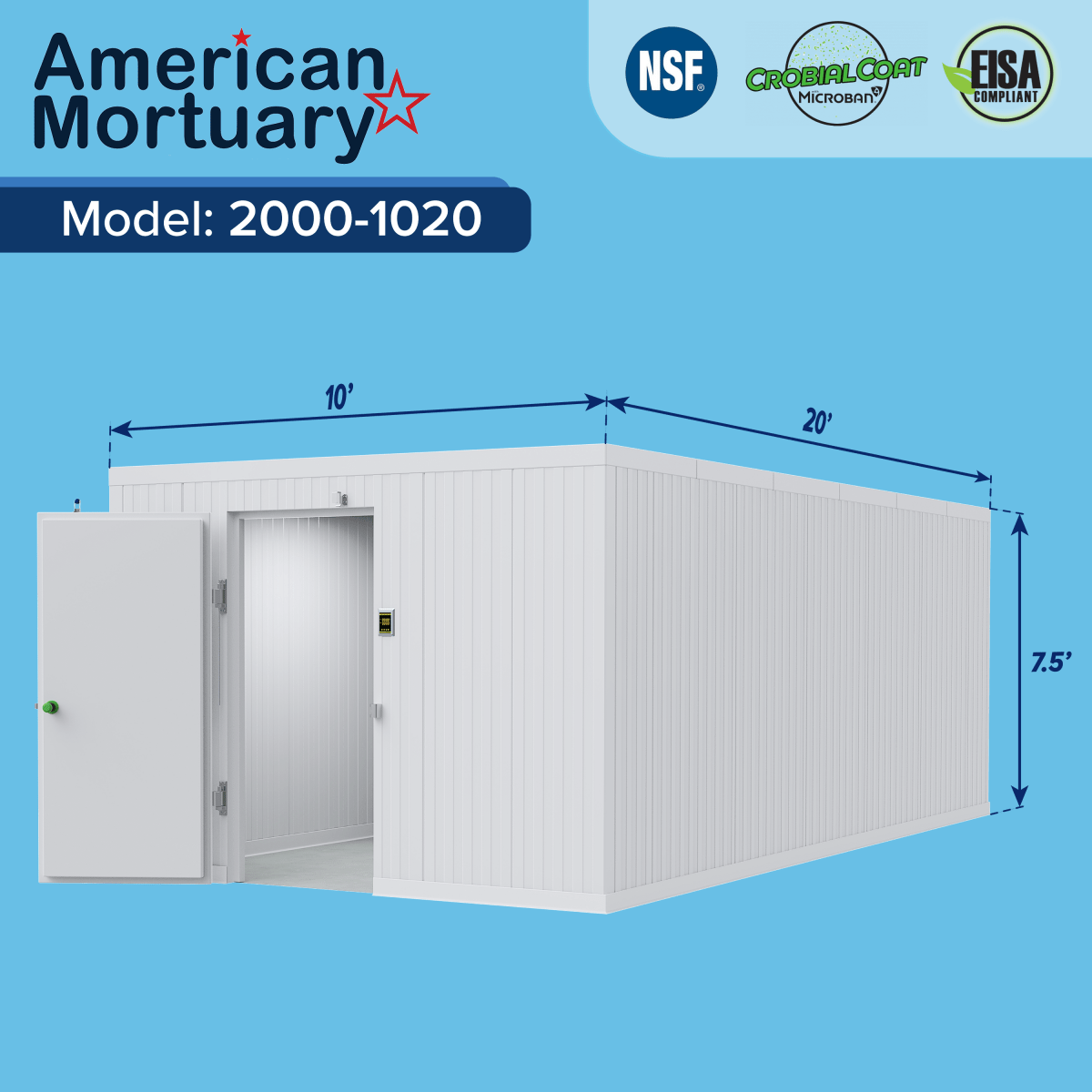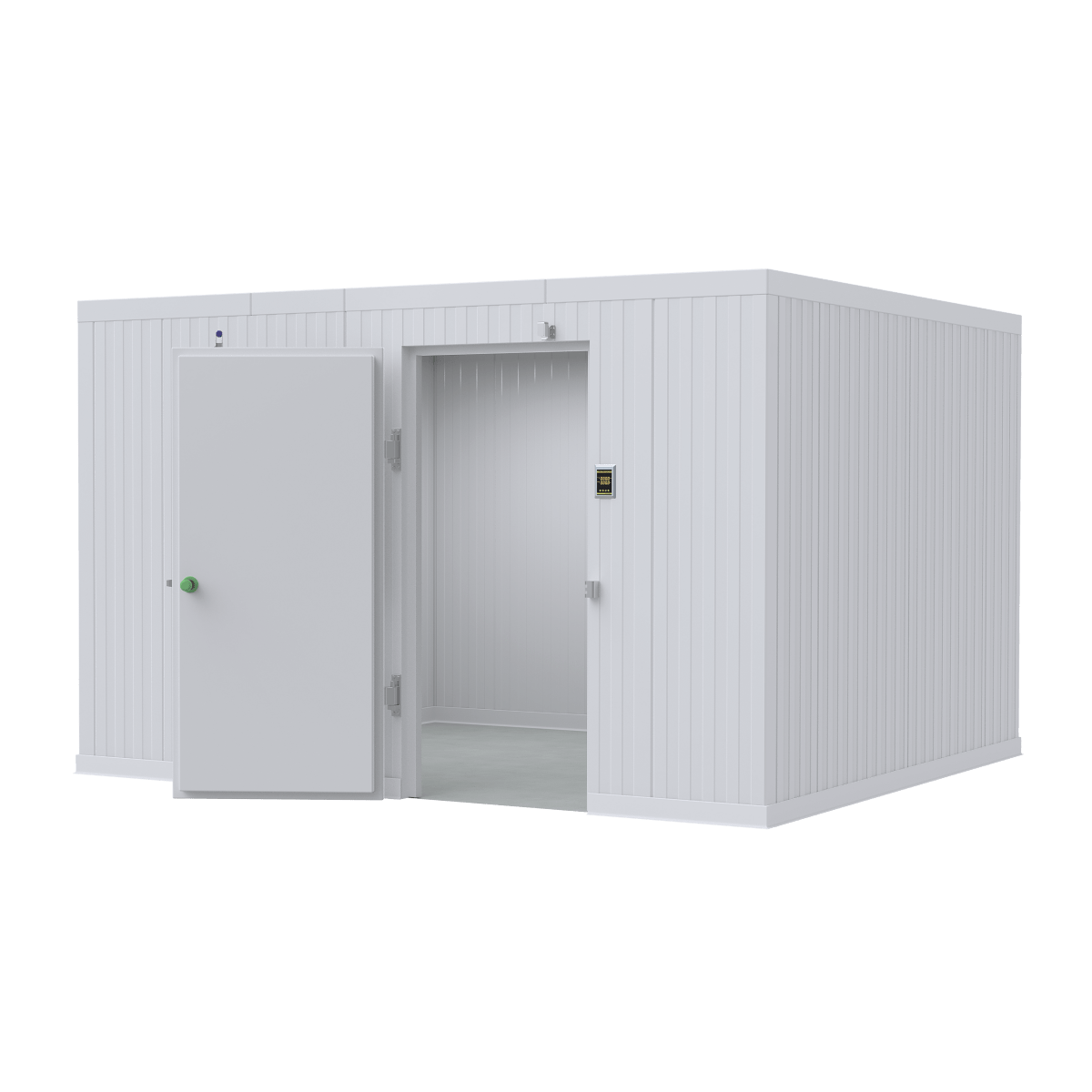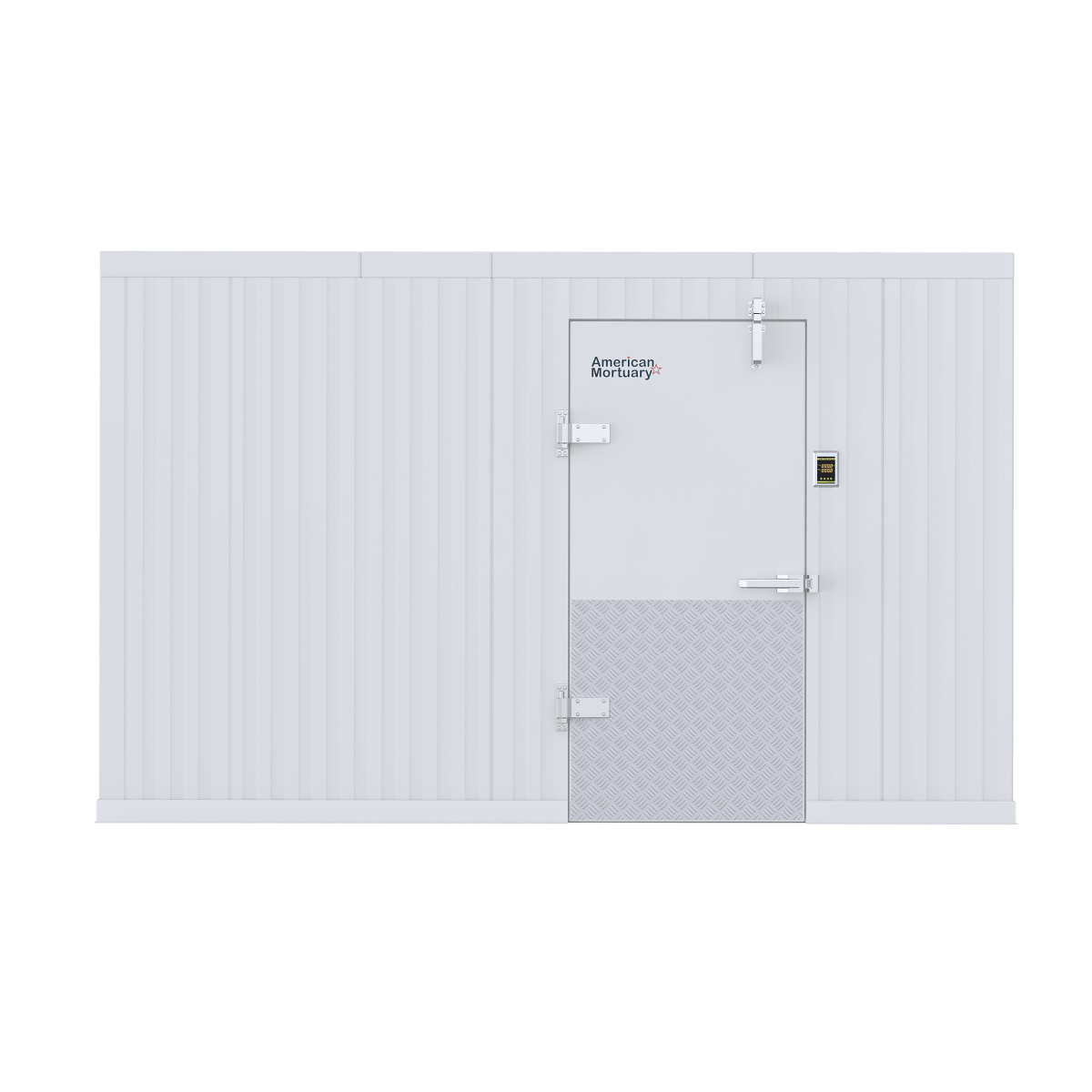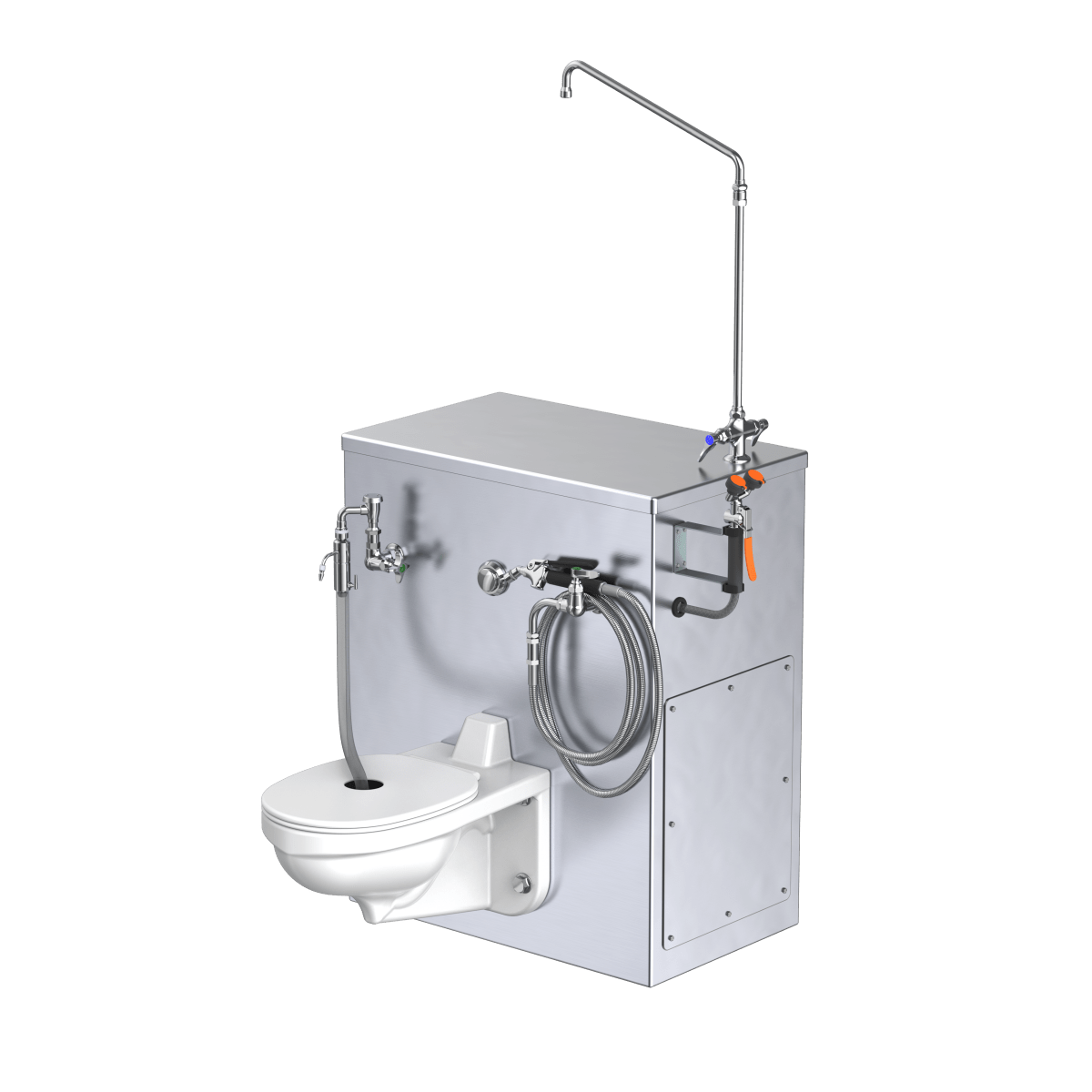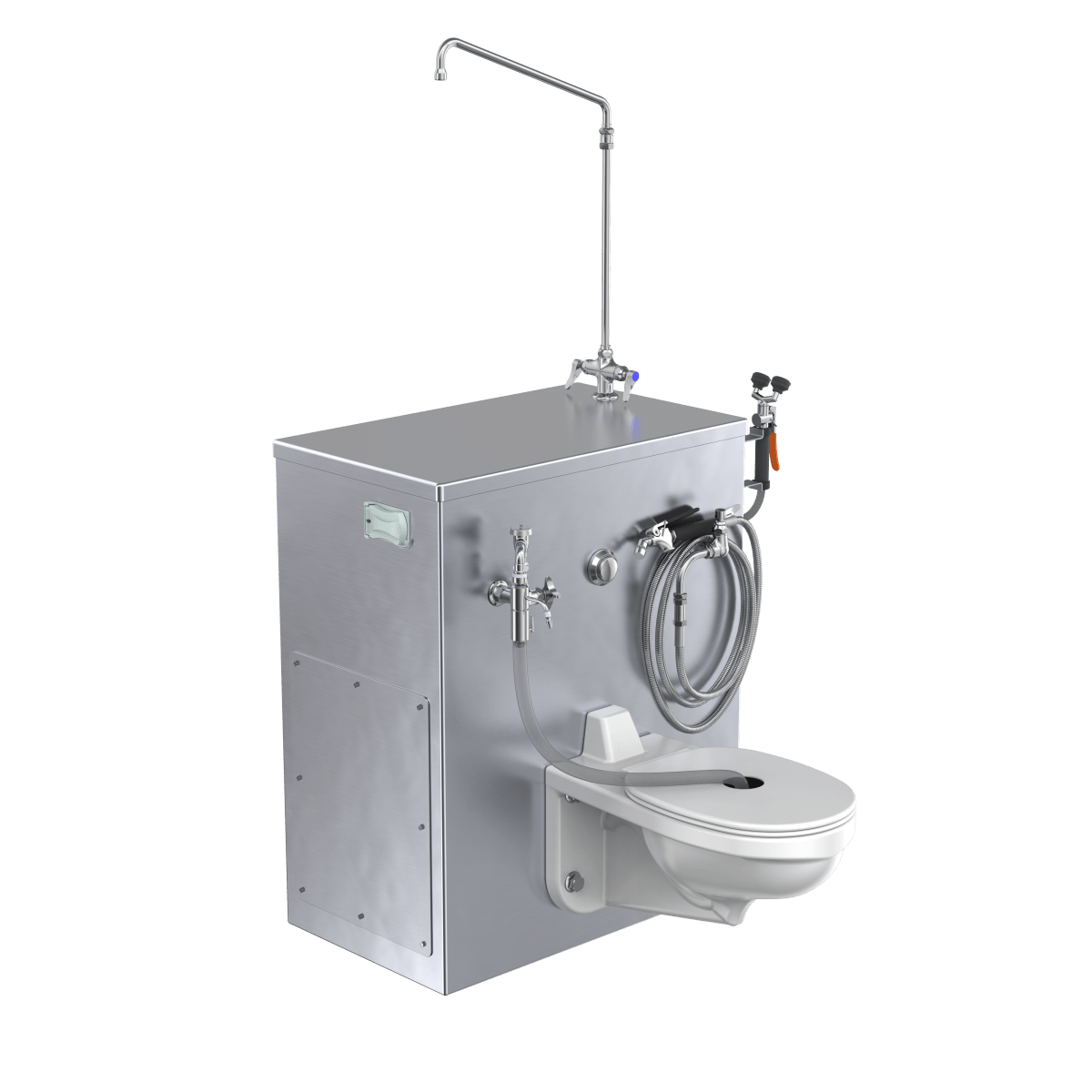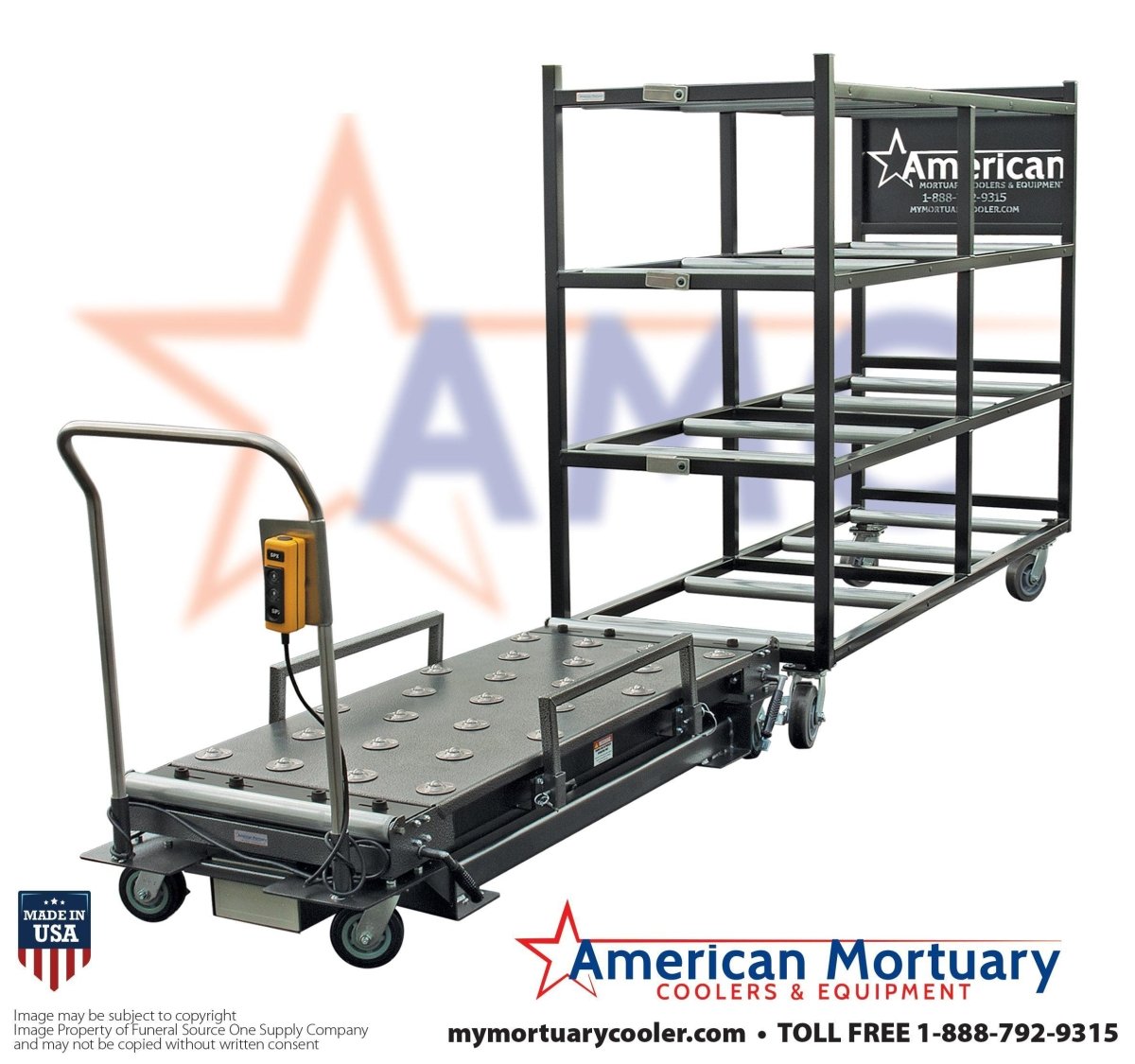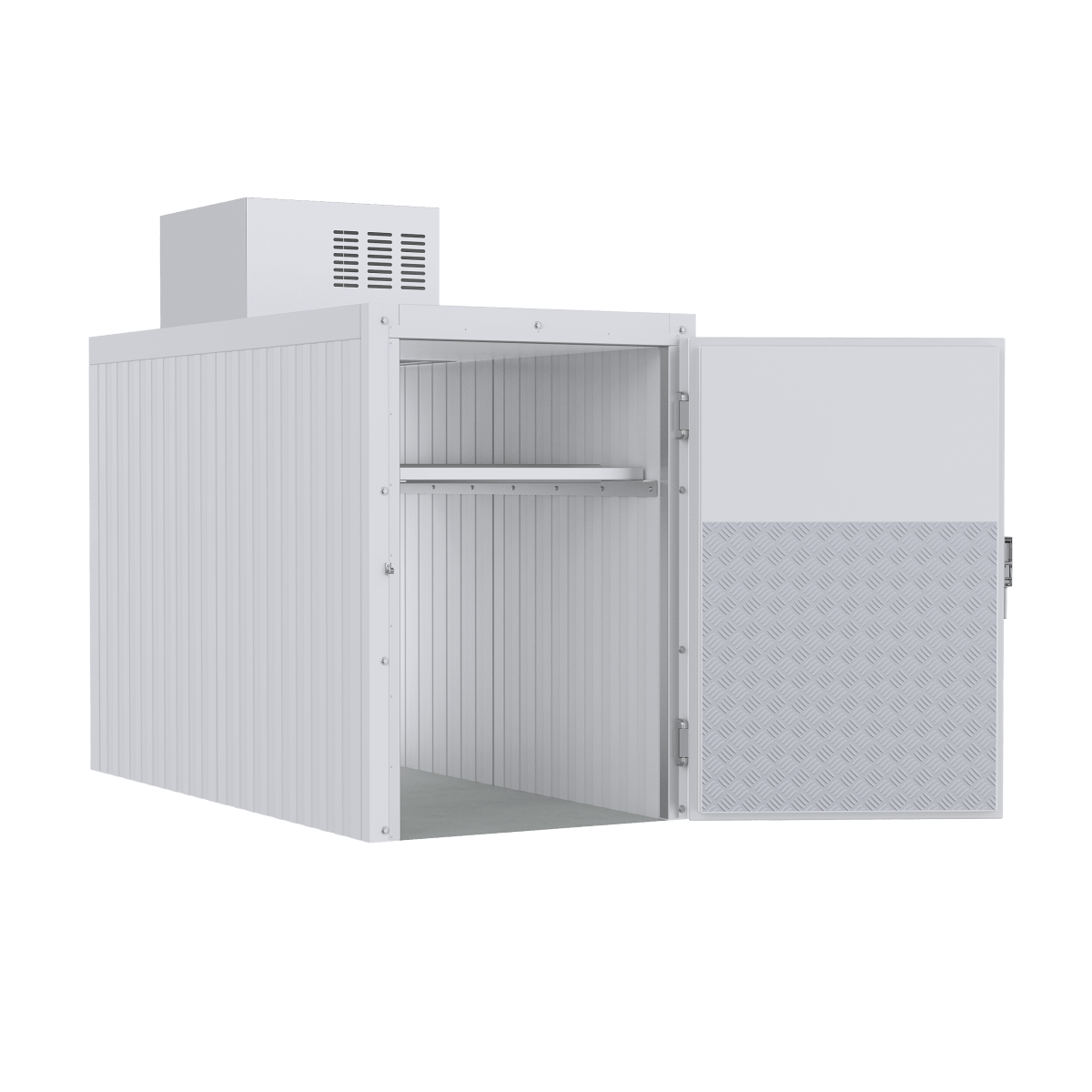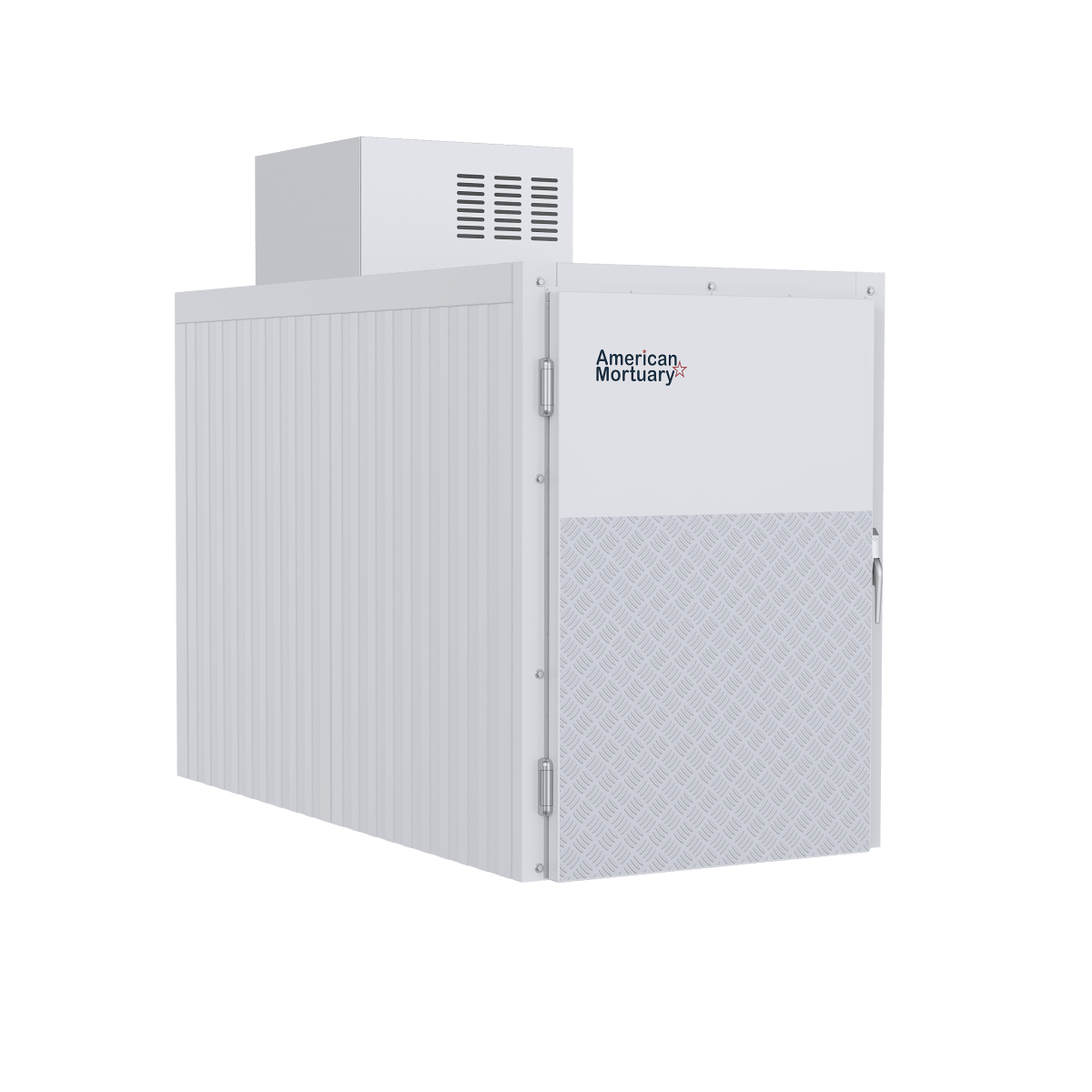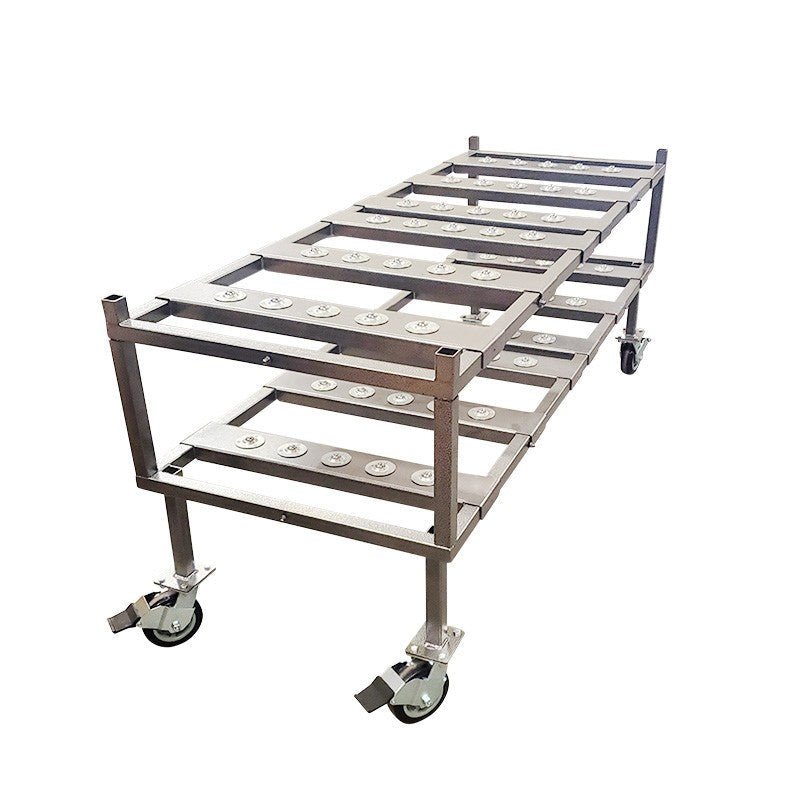Understanding the Revolutionary Body Composting Process
The body composting process is changing how we think about death care in America. This eco-friendly method, also called natural organic reduction, turns human remains into nutrient-rich soil through controlled microbial decomposition.
Quick Overview of the Body Composting Process:
- Duration: 8-12 weeks total (5-7 weeks active composting + 3-5 weeks curing)
- Materials: Wood chips, alfalfa, and straw in a sealed vessel
- Temperature: Maintained at 131-160°F to eliminate pathogens
- Output: Approximately 1 cubic yard of soil (500-1,000 pounds)
- Cost: $5,000-$7,000 vs. $8,300 for traditional burial
- Legal Status: Currently legal in 12 U.S. states as of 2024
Picture a forest floor where fallen trees naturally decompose into rich earth. The body composting process mimics this cycle but in a controlled environment that takes just months instead of years.
This method saves 0.84 to 1.4 metric tons of CO₂ per person compared to conventional burial or cremation. It uses only one-eighth the energy of modern cremation while producing soil that can nourish memorial gardens or conservation projects.
As environmental concerns grow and green burial options expand, more families are choosing this sustainable alternative. The process respects both the deceased and the planet by returning nutrients to the earth without harmful chemicals or excessive energy use.
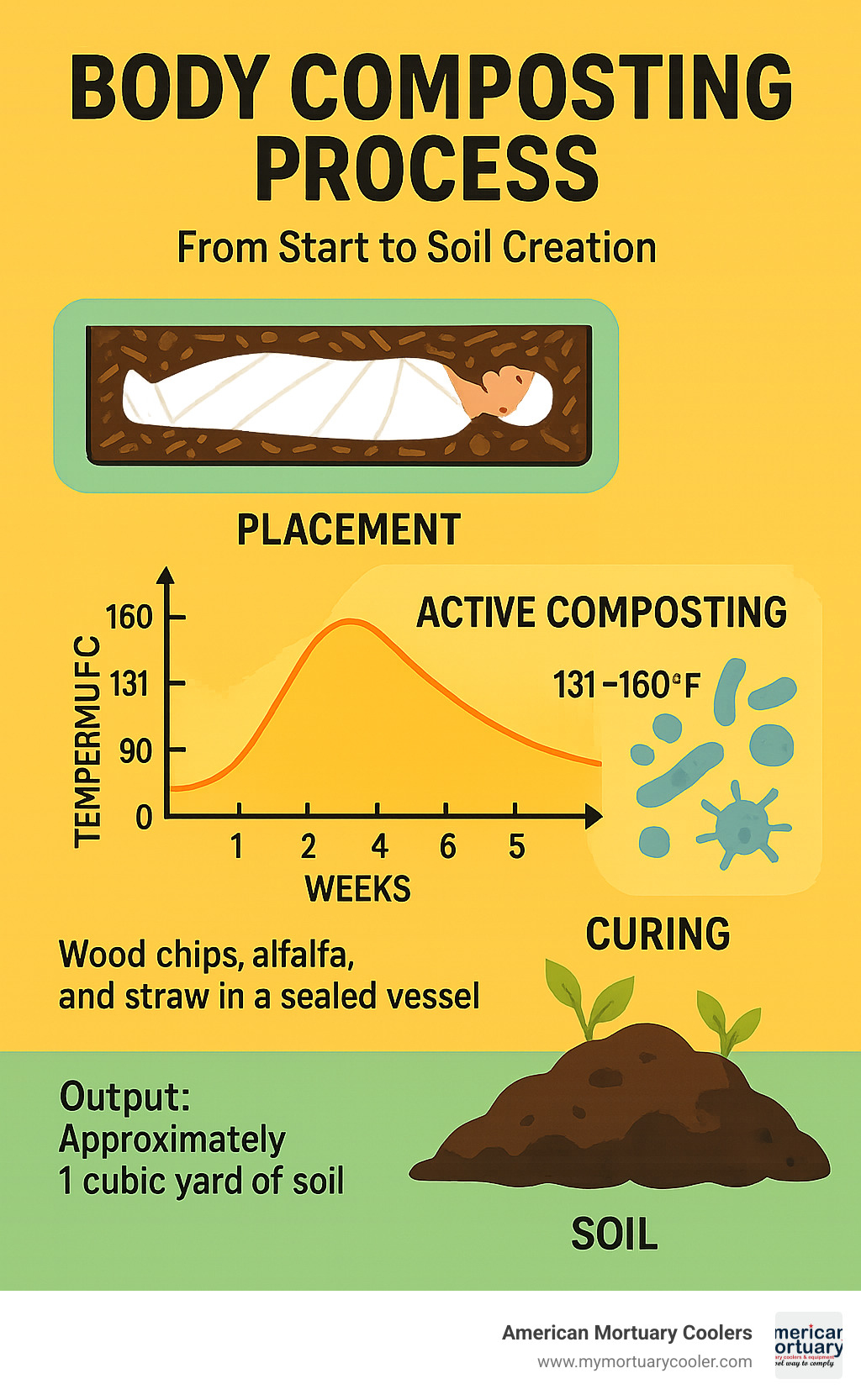
Know your body composting process terms:
What This Guide Covers
This comprehensive guide answers the most pressing questions about the body composting process:
- How does the step-by-step decomposition work inside the vessel?
- What materials are used and why are they essential?
- How long does the entire process take from start to finish?
- What happens to bones, teeth, and medical implants?
- Where is human composting legal and how much does it cost?
- How can families participate in and personalize the process?
- What are the environmental benefits compared to burial and cremation?
- How do you arrange human composting for yourself or a loved one?
Whether you're considering this eco-friendly option for yourself, exploring alternatives for a loved one, or simply curious about this growing movement, we'll walk you through every aspect of the body composting process.
The Body Composting Process Step-by-Step
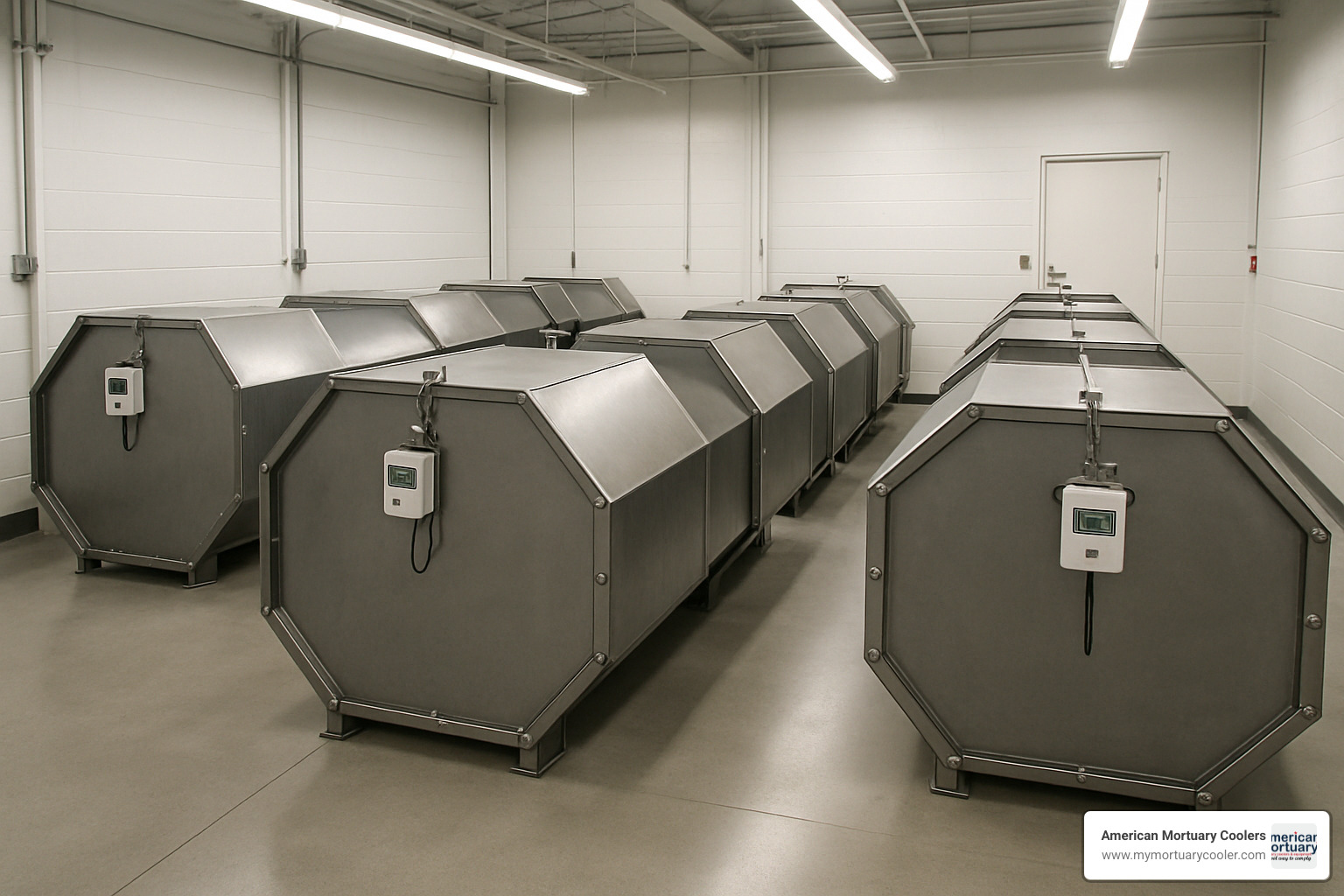
The body composting process happens in three carefully managed phases that transform a loved one into rich, life-giving soil.
Phase 1: The Laying-In
The journey begins with the "laying-in ceremony." Your loved one is gently placed inside a steel vessel—typically about 8 feet long and 4 feet tall. The body is washed with care and wrapped in a biodegradable shroud made from natural fibers. No embalming chemicals or synthetic materials are used.
Families can decorate the vessel with photos, flowers, or small mementos. Some facilities allow biodegradable personal items to be included—a favorite shirt, handwritten letter, or meaningful jewelry that will become part of the soil.
Phase 2: Active Decomposition
For the next 5 to 7 weeks, naturally occurring microbes break down organic matter. The vessel becomes a carefully controlled ecosystem with sensors monitoring temperature (131°F-160°F), oxygen levels, moisture content (around 55%), and pH levels (targeting 6.5-7).
The vessel rotates periodically to keep oxygen flowing and prevent stagnant pockets. The microbial heat naturally sterilizes everything inside, staying above 131°F for at least three continuous days to eliminate harmful pathogens.
Phase 3: Curing and Finishing
After active decomposition, the material moves to aerated curing bins for another 3 to 5 weeks. During curing, bone fragments are processed and mixed back in. The soil gets screened to remove non-organic items like medical implants, then undergoes comprehensive testing to ensure safety and quality standards.
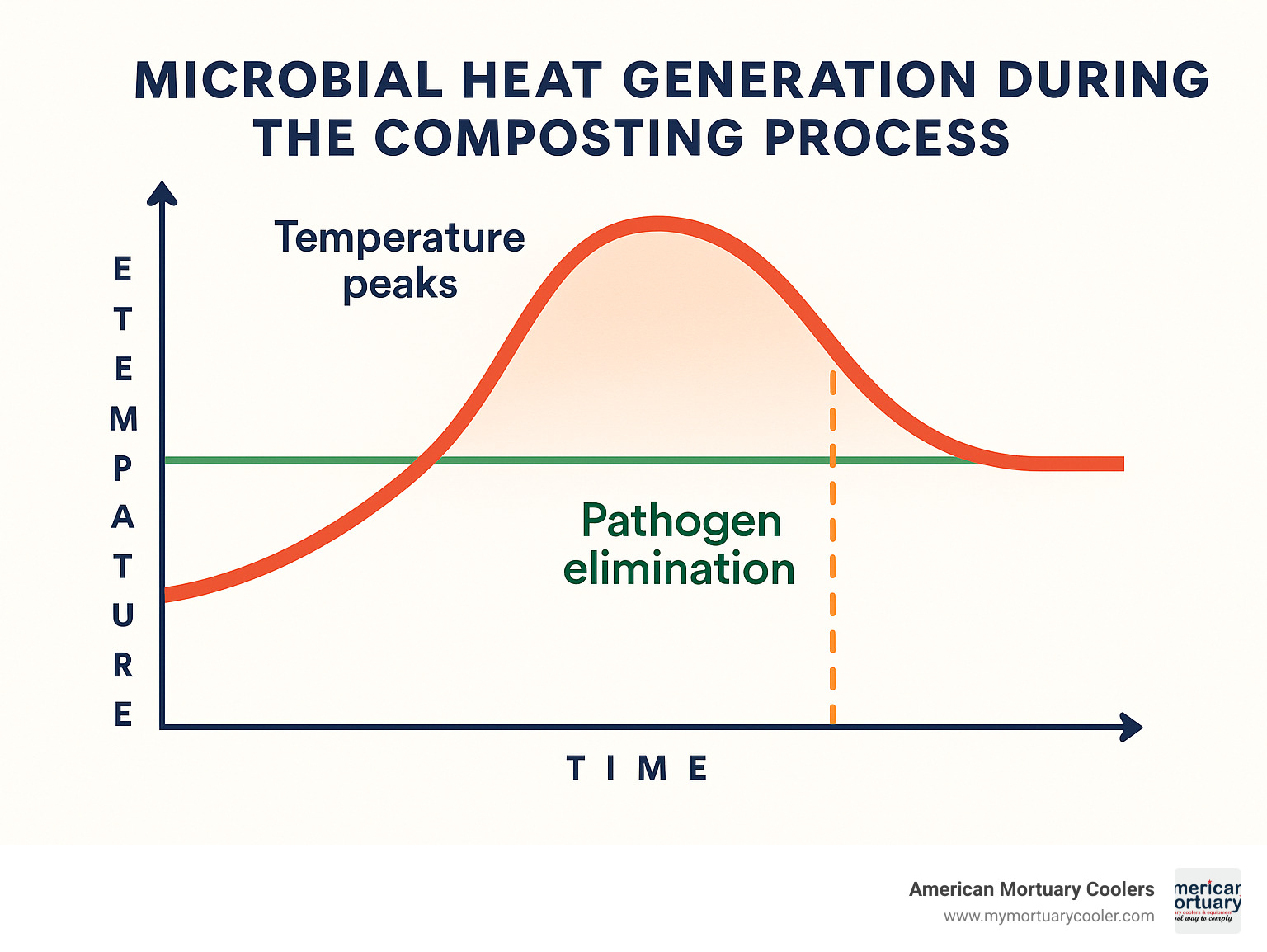
Body Composting Process Timeline
The body composting process follows a predictable 8 to 12 week total timeline. During weeks 1-2, soft tissues begin breaking down as microbial activity ramps up. Weeks 3-5 bring peak decomposition with temperatures consistently above 131°F. By weeks 6-7, temperatures stabilize and the material becomes increasingly soil-like. The final weeks 8-12 involve curing, screening, bone processing, and quality testing.
Pathogen kill-off happens automatically during the high-temperature phase, making the resulting soil safer than regular compost.
Body Composting Process & Hard Parts
Bones and teeth soften during the body composting process but don't completely disappear. After soft tissue decomposes, remaining bone fragments are processed into nutrient-rich powder packed with calcium and phosphorus, then mixed back into the finished compost.
Medical implants require special handling. Metal implants are removed and recycled when possible. Pacemakers must be removed before composting begins. Dental work gets screened out during processing. All non-organic materials are disposed of according to regulations.
People with prion diseases like Creutzfeldt-Jakob disease cannot use human composting due to safety concerns.
Materials & Inside-the-Vessel Science
The success of the body composting process depends on creating the perfect environment for microbial decomposition through a carefully calibrated mixture of organic materials.
The Essential Ingredients
Wood Chips (Carbon Source) provide carbon foundation and create air pockets for oxygen circulation. They absorb excess moisture and provide structure to the compost pile.
Alfalfa (Nitrogen Source) brings essential nitrogen and helps jumpstart microbial activity. Its high protein content feeds decomposing microorganisms while maintaining proper moisture levels.
Straw (Bulking Agent) maintains proper air flow while adding carbon. It creates ideal texture for microbial colonization and provides additional organic matter for the finished soil.
The body composting process requires maintaining a carbon-to-nitrogen ratio of approximately 30:1, providing optimal nutrition for microorganisms. Facilities carefully calibrate this mixture considering body size, seasonal variations, vessel capacity, and regulatory requirements.
More info about human composting vessels provides detailed technical specifications.
What Happens to the Finished Soil
Each body yields approximately one cubic yard of finished soil—enough to cover about 100 square feet at three inches deep. This soil weighs between 500-1,000 pounds and is remarkably rich in nitrogen, phosphorus, potassium, calcium, and organic matter.
Families use the soil for memorial gardens, planting trees or flowers as living memorials, sharing among relatives, scattering in meaningful places (with permission), or donating to conservation and restoration projects.
Some states restrict food crop cultivation, require landowner permission for scattering, prohibit commercial sale, and may require documentation for transport across state lines.
Environmental Impact vs Burial & Cremation
| Method | CO₂ Emissions | Energy Use | Land Use | Chemical Impact |
|---|---|---|---|---|
| Human Composting | Saves 0.84-1.4 metric tons CO₂ | 1/8 energy of cremation | Minimal facility footprint | No harmful chemicals |
| Cremation | 190 kg CO₂ per body | 30 gallons fuel per body | Minimal | Air pollution from emissions |
| Traditional Burial | Varies by materials | High (casket production, transport) | 1 burial plot per person | Embalming chemicals leach into soil |
The body composting process sequesters carbon rather than releasing it, uses only natural microbial heat requiring minimal external energy, and doesn't require hardwood caskets, concrete vaults, permanent land dedication, or embalming chemicals.
Legal Status, Costs & Criticisms
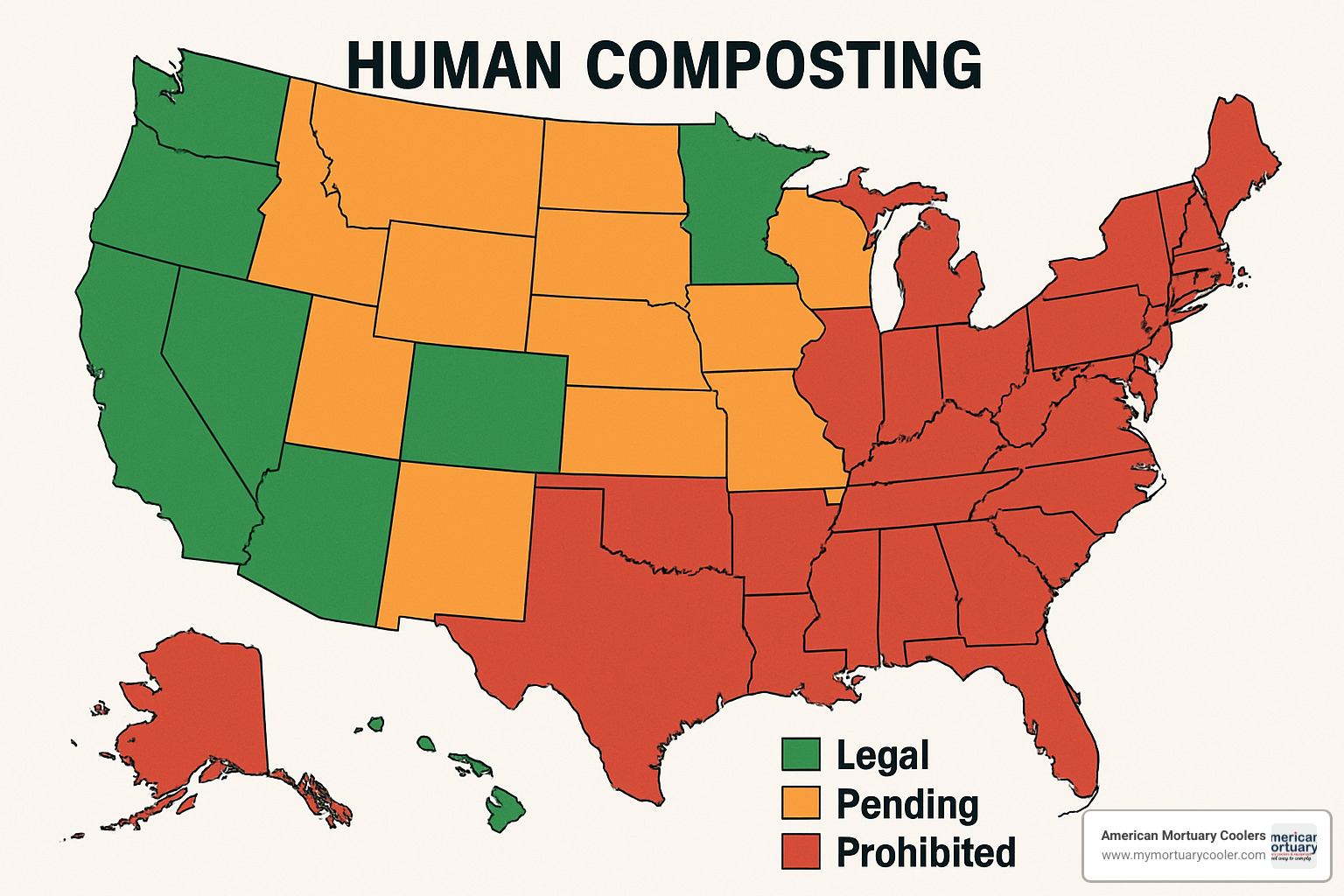
The body composting process is gaining legal ground across America, but state laws vary significantly for families exploring this option.
Where Human Composting Is Legal Today
12 states currently allow human composting. Washington broke new ground in 2019, followed by Colorado, Oregon, Vermont, New York, Nevada, Arizona, Maryland, Delaware, Minnesota, and Maine. California will join in 2027 when their legislation takes effect.
About 29% of bodies brought to composting facilities come from out-of-state, showing families are willing to cross state lines for this service. Federal rules govern transporting remains across borders, requiring proper documentation and coordination with licensed funeral directors.
The Money Talk
The body composting process typically costs $5,000 to $7,000, including facility processing, ceremony options, soil preparation, and testing. Compare that to traditional burial at $8,300 median cost or cremation averaging $6,280.
Religious and Cultural Reactions
The Catholic Church has expressed concerns about human dignity and treating deceased persons as "disposable commodities." Jewish communities show variation—some rabbis adapt traditional liturgy while others prefer conventional burial. Secular ethicists and environmentalists praise human composting as responsible and meaningful.
Safety Questions and Answers
Critics raise questions about soil safety, medical implant handling, and regulatory oversight. However, the body composting process includes rigorous testing exceeding agricultural composting standards. Sustained high temperatures eliminate pathogens more thoroughly than natural decomposition.
How to Arrange Your Own Composting
Getting Started Before You Need It
Research options while healthy and clear-headed. Check current laws in your state and nearby legal states. Contact facilities directly to understand services, costs, and requirements. Complete advance directives and ensure family members know your wishes.
When Death Occurs
Contact the composting facility immediately—many offer 24/7 support. For interstate transport, arrange professional transportation and complete required paperwork. Timing matters for ceremonies, so communicate preferences early.
Choosing the Right Provider
Look for proper licensing, family participation options, clear soil return policies, transparent pricing, and good customer reviews. Professional transport services handle interstate movement, but costs vary based on distance and timing coordination is crucial.
More info about body composting laws in Washington provides detailed guidance for established legal frameworks.
Family Participation, Rituals & Personalization
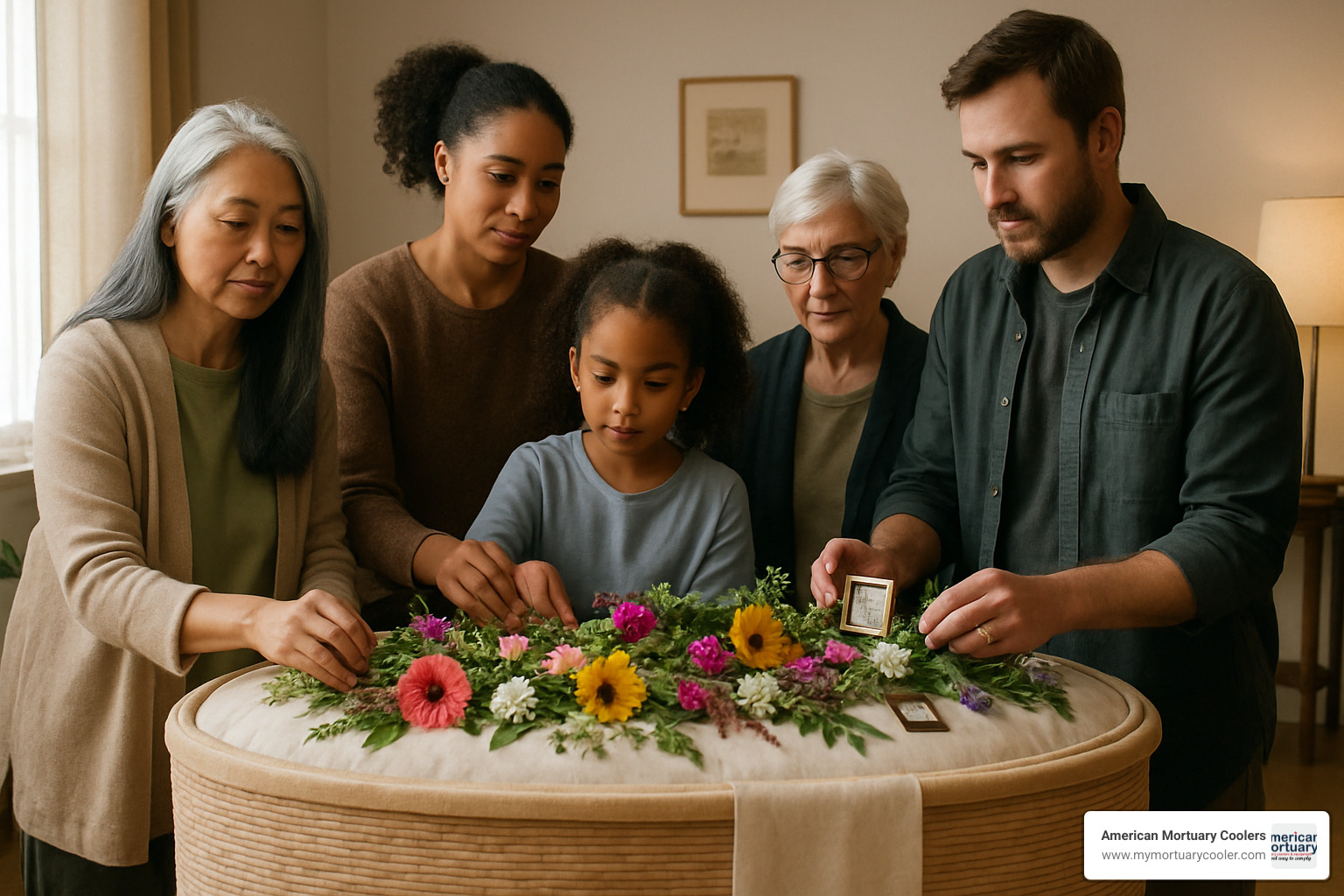
The body composting process offers families the chance to stay connected throughout their loved one's change, creating meaningful participation opportunities that traditional burial and cremation can't match.
Creating Meaningful Laying-In Ceremonies
The laying-in ceremony begins the body composting process in a peaceful, garden-like atmosphere. Families arrive with flowers, photographs, and meaningful treasures. Decorating the vessel becomes a collaborative act of love—children draw pictures, adults share favorite books or letters, and families bring items with personal significance.
The vessel becomes a canvas for expression. Some families cover it with photographs spanning decades, while others choose fresh flowers reflecting the person's favorite colors. There's no right or wrong approach—just whatever feels meaningful.
Staying Connected During the Process
Unlike cremation's quick, closed-door process, the body composting process unfolds over weeks, allowing regular visits where families can see the vessel and receive updates. Staff members guide families through the journey, explaining temperature readings and decomposition progress.
The Gift of Abundant Soil
Families receive approximately one cubic yard of rich soil—roughly 500 to 1,000 pounds. This abundance creates opportunities impossible with cremation ashes. Sharing soil among family members means everyone can create memorial gardens, with siblings planting trees in their yards or grandchildren starting flower beds.
Memorial Trees and Living Legacies
The soil excels at nourishing new life. Families choose memorial tree plantings—oak trees for strength, fruit trees for abundance, or flowering trees for beauty. Some create vegetable gardens and donate harvests to meaningful causes, while others restore damaged woodland areas.
Many facilities partner with conservation organizations, giving families options to donate soil to restoration projects, forest restoration, urban greening initiatives, and educational programs.
More info about human composting options explores personalization possibilities.
Safety & Facility Regulations
The body composting process operates under strict safety rules protecting families, workers, and communities.
Air Quality and Odor Control
Negative pressure systems ensure air flows into facilities rather than out, preventing odor escape. Multiple filtration stages remove particles before air leaves the building. Well-managed facilities smell earthy and clean, with continuous air monitoring alerting staff to any changes.
Pathogen Elimination and Testing
Temperature monitoring happens around the clock, ensuring heat stays above 131°F for required periods. Every batch undergoes comprehensive laboratory testing for dangerous bacteria, heavy metals, pH levels, and nutrients. Third-party laboratories provide verification.
Health Protections
Individuals with prion diseases cannot participate due to proteins that resist breakdown. Worker safety protocols include protective equipment, training programs, and health monitoring. Facilities must prove they don't impact communities through air quality and groundwater monitoring.
Frequently Asked Questions about Human Composting
Is human composting legal in my state?
The body composting process is currently legal in 12 states as of 2024. Washington led the way in 2019, followed by Colorado, Oregon, Vermont, New York, Nevada, Arizona, Maryland, Delaware, Minnesota, and Maine. California will join in 2027.
If you live elsewhere, you still have options. Many families transport loved ones to legal states—about 29% of composting facility clients come from out-of-state. Several states have pending legislation that could expand access soon.
Want to help make it legal? Contact your legislators, share educational materials about environmental benefits, and connect with local environmental groups advocating for death care choice.
How safe is the soil for the environment?
The soil from the body composting process undergoes more rigorous testing than most commercial soil products. Every batch gets tested for harmful bacteria, heavy metals, pH levels, and nutrient content by third-party laboratories with state health department oversight.
Temperature control during composting maintains heat above 131°F for at least three continuous days, eliminating pathogens more effectively than natural decomposition. The finished soil shows high levels of beneficial nutrients like nitrogen, phosphorus, and potassium that plants need to thrive.
From an environmental perspective, human compost soil sequesters carbon, contains no harmful embalming chemicals, and actively supports plant growth and soil health.
Can I still have a traditional funeral service?
Absolutely! The body composting process works beautifully with traditional funeral elements. You can have viewing and visitation before composting begins, and religious or secular services can take place in funeral homes, churches, or other venues.
Timeline flexibility allows memorial services throughout the 8-12 week process. Some families hold initial services, then gather again for meaningful soil scattering or tree planting ceremonies. Religious leaders are increasingly supportive of environmentally conscious options, helping incorporate traditional prayers and rituals into laying-in ceremonies.
Cultural traditions can be maintained while choosing sustainable disposition. Work with funeral directors and composting facilities to create ceremonies honoring your beliefs while embracing eco-friendly choice.
Conclusion
The body composting process represents a thoughtful shift in death care—one that honors both human dignity and our planet's future. Through this guide, we've explored every step of this remarkable journey, from gentle laying-in ceremonies to creating life-giving soil in just 8-12 weeks.
What makes this process special isn't just the environmental benefits, though saving over a metric ton of CO₂ emissions per person matters. It's how families can stay connected throughout their loved one's change. Unlike cremation's finality or burial's distance, the body composting process invites participation and creates something beautiful—approximately one cubic yard of nutrient-rich soil that can nourish memorial gardens for decades.
At American Mortuary Coolers, we've supported funeral homes across the contiguous 48 states as they adapt to changing family needs. From our Tennessee base, we've watched the death care industry evolve, understanding that today's families want options reflecting their values. The growing acceptance of human composting—now legal in 12 states with more considering legislation—shows how Americans are rethinking end-of-life choices.
At $5,000-$7,000, human composting often costs less than traditional burial while creating something tangible and meaningful. This process allows families to participate in their loved one's return to earth, whether through decorating vessels, sharing soil among relatives, or contributing to conservation projects healing damaged ecosystems.
The rigorous safety protocols, comprehensive pathogen testing, and careful handling ensure the body composting process meets the highest standards. The finished soil undergoes more testing than most commercial fertilizers, making it safer for gardens than many store-bought products.
For families considering this path, you have options even if your state hasn't legalized human composting yet. Many facilities welcome clients nationwide, and proper planning can make interstate arrangements straightforward and meaningful.
The body composting process offers something rare in death care—the chance to give back to the earth that sustained us throughout life. Instead of consuming resources through caskets and burial plots, we become part of the solution, creating soil supporting new growth for generations.
More info about in-depth guide to human body composting offers additional resources as you consider this meaningful alternative.
The body composting process reminds us that death doesn't have to be an ending—it can be a change that continues giving life long after we're gone. In a world facing environmental challenges, choosing to become soil feels like hope made tangible.


